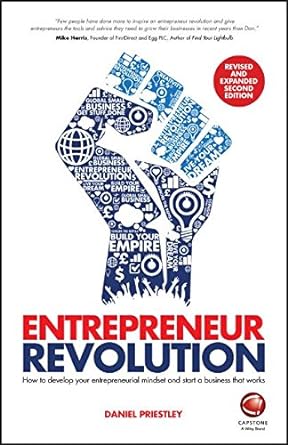Question
We often hear the term diversity bandied about in our everyday usage. Usually, when we come across the term, it is in the context of
We often hear the term diversity bandied about in our everyday usage. Usually, when we come across the term, it is in the context of having a mix of gender, race, ethnic, sexual orientation and so on in a setting wherein there is no discrimination based on these traits. In an organizational context, diversity refers to equality of opportunity and employment without any bias because of these traits. Indeed, it has become fashionable in the present scenario to have a diverse mix of employees drawn from all classes and proclivities so that the aura of correctness and humanitarianism can be actualized. However, this does not mean that organizational diversity has succeeded or it has become the norm in organizations. Rather, there are many barriers to diversity even after strenuous efforts by activists and experts and these relate to societal mind-sets and personal psychological discomfort with having people drawn from diverse backgrounds working alongside. In the United States, the government encourages and mandates organizational diversity as a matter of law and even to the extent of ensuring that, corporates not only follow the letter of the law but also the spirit of the law. This is reflected in the equal opportunity employer law, which states that organizations cannot discriminate against potential job applicants on race, gender, ethnicity, nationality, and sexual orientation. Each of these characteristics sets apart people from each other and hence there needs to be a mind-set change apart from brining in laws that would make acceptance of diversity that much easier. In other parts of the world, diversity is not practiced in society and let alone organizations which make a feeble attempt to enforce the rules. The reason for this is the prevailing cultural attitudes against certain sections of society, which makes it impossible for corporates to embrace diversity since they risk the wrath of the dominant cultural and societal groups. When the entire society discriminates against certain people, it is indeed difficult for even the best meaning of corporate leaders to buck this trend. Hence, it needs to be remembered that organizational diversity is not only about a certain organizations policies but also reflects the broader societal consensus on this issue. Of course, this is not to say since society discriminates against ethnic minorities, corporates can do so likewise. On the other hand, there is more responsibility on corporates to follow their heart and heed their conscience and ensure that their organizations reflect diversity. The point here is that there is a symbiotic relationship between organizations and their environment and hence both must work in tandem to resolve cultural conflicts and biases. When either is unwilling for whatever reasons, leaders must step in and ensure that diversity is encouraged for humanitys sake. This is the way shown by several business leaders like NR Narayana Murthy of Infosys and the late legendary Steve Jobs of Apple who put their personal reputations at stake to promote diversity.
According to the extract, leaders in organisations must step in and ensure that diversity is encouraged for humanitys sake. You are a leader in an organisation that is currently monolithic in nature. Taking into consideration that diversity is a humane factor and that it has certain benefits and advantages for an organisation, write a proposal to the top management of the organisation in which you motivate for a diverse workforce and explain how it will benefit the organisation.
Step by Step Solution
There are 3 Steps involved in it
Step: 1

Get Instant Access to Expert-Tailored Solutions
See step-by-step solutions with expert insights and AI powered tools for academic success
Step: 2

Step: 3

Ace Your Homework with AI
Get the answers you need in no time with our AI-driven, step-by-step assistance
Get Started


